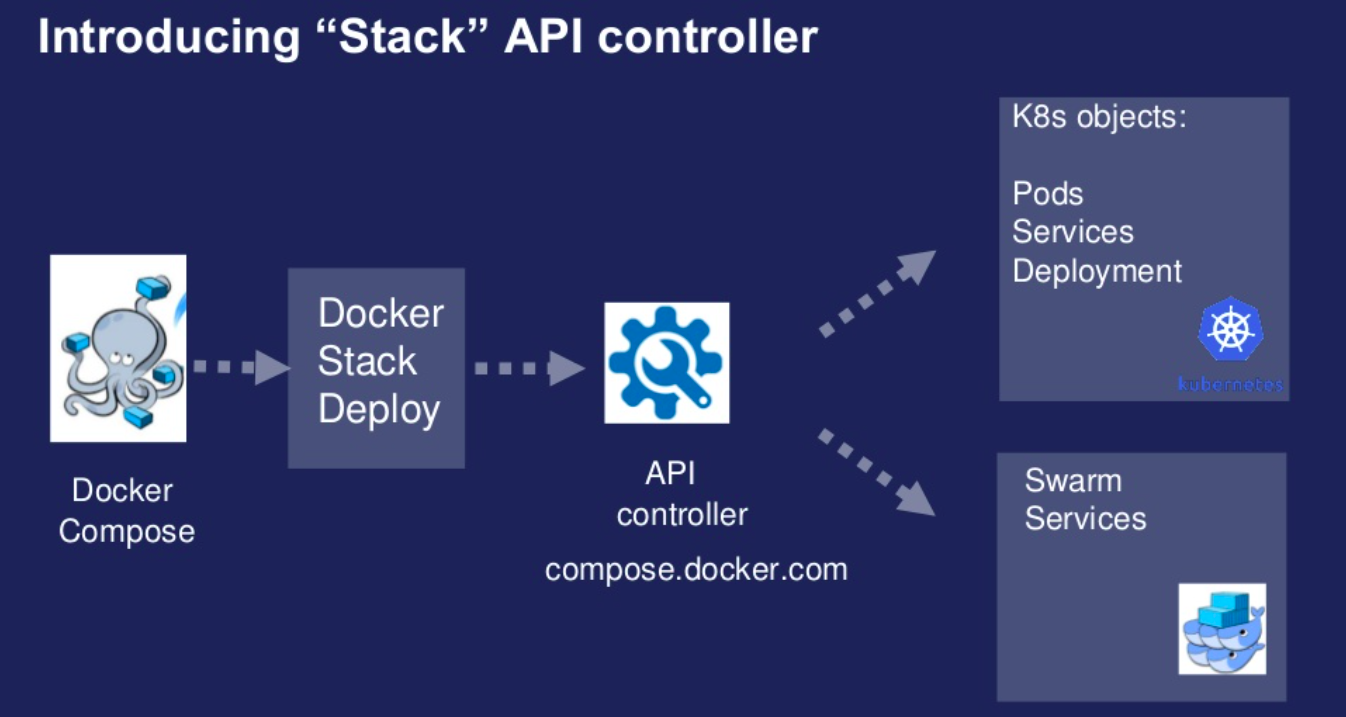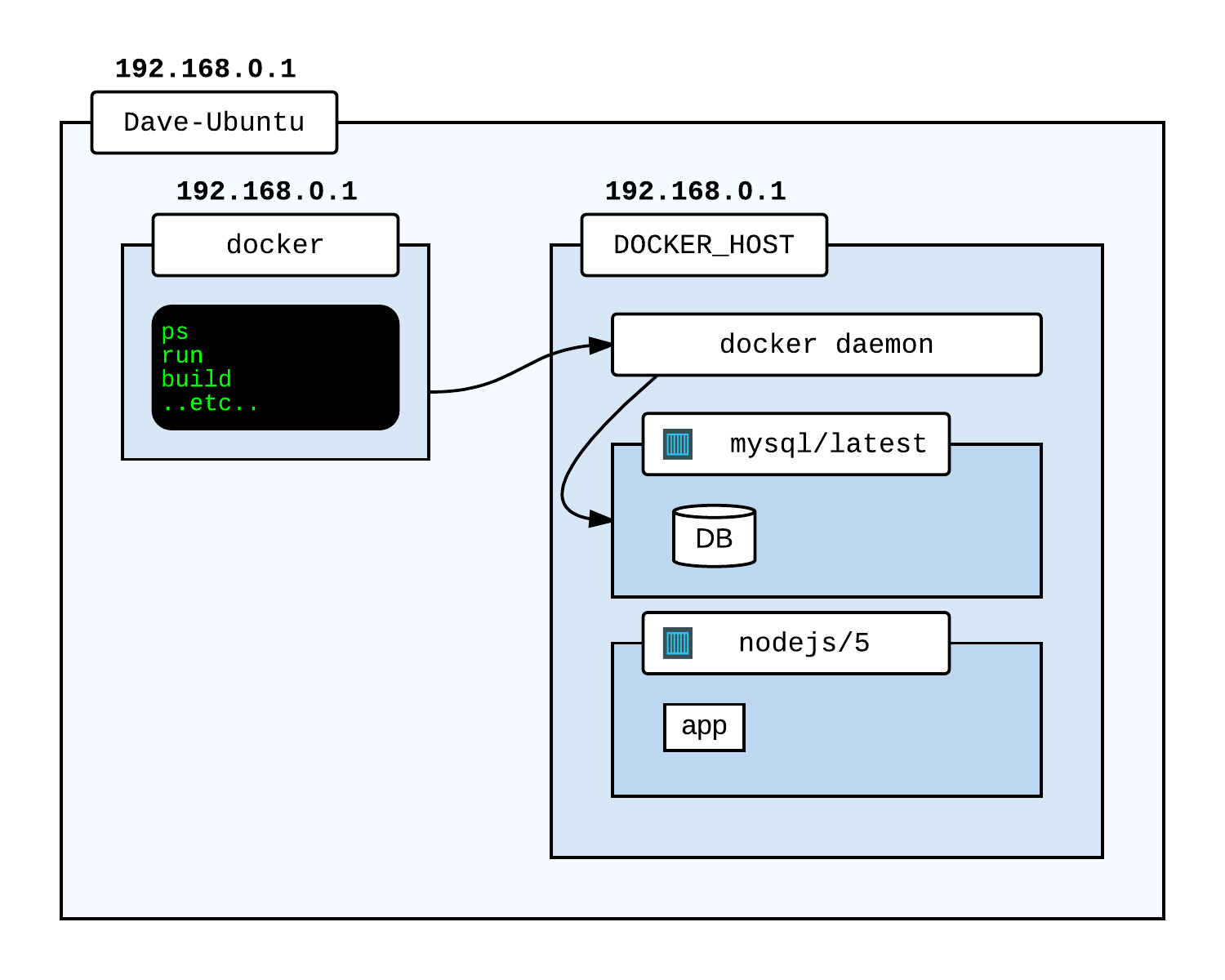

In organizations running an orchestrator, the typical lifetime of a container is about 12 hours. The rapid adoption of orchestrators ( see fact 4) appears to be driving containers toward even shorter lifetimes, as the automated starting and stopping of containers leads to a higher churn rate. One factor that likely contributes to the difference: orchestrators can place workload containers on any node that has sufficient resources, leading to more efficient use of host resources and increased container density.Īt companies that adopt Docker, containers have an average lifespan of about two days, which means that containers churn tens of times faster than hosts, where lifetimes can often be measured in months. The typical organization that uses a container orchestrator runs 11.5 containers per host, as compared to about 6.5 containers per host in unorchestrated environments. Part of the increase in container density over time may be due to the rise of orchestration technologies, which correlate with a greater number of containers per host. Bolstering this observation, 25% of companies run 18 or more containers simultaneously on each host. This fact indicates that Docker is often used as a lightweight way to share compute resources, not just as a standardized, versioned runtime environment. The median company that adopts Docker runs eight containers simultaneously on each host, a figure that has climbed steadily over the years. HAProxy: The open source proxy is a popular choice for TCP and HTTP load balancing.RabbitMQ: The open source message broker finds plenty of use in microservice architectures-and, the data shows, in Docker environments.etcd: The distributed key-value store is used to provide consistent configuration across a Docker cluster.MySQL: The most popular open source database in the world continues to find wide use in Docker infrastructure.MongoDB: The widely used document store is the go-to technology for a general-purpose NoSQL database.Elasticsearch: The distributed datastore and full-text search engine remains one of the most widely deployed applications in modern container environments.Fluentd: The use of this open source "unified logging layer" in Docker infrastructure has skyrocketed, jumping from approximately 12 percent market share in our last report to more than 20 percent.It has climbed in rank every year since it appeared in the 10th position on this list in 2015. Postgres: The open source relational database has been steadily increasing in popularity.Redis is often used as an in-memory database, message queue, or cache. Redis: This popular key-value store has also been a regular feature atop the list of container images.

NGINX has been a perennial leader on this list since we began tracking image use in 2015. NGINX: Docker is often used to deploy and run HTTP servers.The most common technologies running in Docker are: With the recent launch of Amazon Elastic Container Service for Kubernetes (EKS), we expect Kubernetes adoption to accelerate in AWS over the coming months.Īcross our customer base, Kubernetes is now the fastest-growing orchestration technology, and with the launch of EKS, it has now been adopted by all the major cloud providers. ECS continues to lead in AWS organizations, with 45 percent market share, but Kubernetes has also made steady gains and is now running in 30 percent of AWS Docker environments.

Roughly 70 percent of companies running both Docker and AWS infrastructure are also using orchestration. In AWS environments, where Elastic Container Service (ECS) enables users to launch a container cluster in a matter of clicks, orchestration is especially prevalent. Roughly half of the companies that monitor Docker with Datadog now also monitor an orchestrator such as Kubernetes or Mesos, or a hosted orchestration platform from AWS, Azure, or Google Cloud Platform. Increasingly, Docker is not being run as a standalone technology but as part of a larger containerization strategy, which includes automated orchestration of workloads.


 0 kommentar(er)
0 kommentar(er)
